$199.00 Original price was: $199.00.$29.00Current price is: $29.00.
Digital Download: You will receive a download link via your order email
Save up to 85% compared to Salepage prices. In addition, earn additional points. Save more on your next order.
Please contact email: wixzip.cs@gmail.com if you have any questions about this course.
 Purchase this course you will earn 29 Points worth of $2.90
Purchase this course you will earn 29 Points worth of $2.90Elevate your skills with the Mike Reinold & Erson Religioso – IASTM Technique 2.0 course, available for just $199.00 Original price was: $199.00.$29.00Current price is: $29.00. on Utralist.com! Browse our curated selection of over 60,000 downloadable digital courses across diverse Health and Medical. Benefit from expert-led, self-paced instruction and save over 80%. Start learning smarter today!
 Mike Reinold & Erson Religioso – IASTM Technique 2.0
Mike Reinold & Erson Religioso – IASTM Technique 2.0
Do you want to add an effective, affordable, and simple new manual therapy technique to add to your skill set?
Introducing IASTM Technique 2.0
Discover, Step-By-Step, How to Enhance Your Manual Therapy Skills and Improve Your Clinical Outcomes and Patient Satisfaction By Learning Instrument Assisted Soft Tissue Mobilization
Do you want to add an effective, affordable, and simple new manual therapy technique to your skill set?
We believe instrument assisted soft tissue mobilization (IASTM) is an effective manual therapy technique that everyone should learn. We are going to reveal how we both use IASTM, cupping, and mobility bands everyday in our practices, and how you can quickly and easily start to use it yourself.
Mike Reinold & Erson Religioso
We’ll show you exactly why, how, and when you want to use instrument assisted soft tissue mobilization (IASTM) and how to integrate IASTM with your current manual therapy techniques to compliment and enhance your results even more!
Effective Manual Therapy Technique
IASTM is a simple, yet effective, manual therapy technique that will help you achieve better results with your patients.
- IASTM is not aggressive and does not cause excessive tissue damage and bruising
- IASTM does not replace your hands – it compliments your hands by adding another layer of soft tissue assessment and treatment.
We’ll show you how we integrate IASTM into our manual therapy techniques and how it helps us get great results!
Easy to Learn
IASTM does not have to be complicated and does not require a several days of expensive seminar to learn and begin using.
- You can start using IASTM very quickly
- IASTM is based on simple principles that any clinician can implement
- IASTM can and should be used in conjunction with your existing manual therapy techniques
We’ll show you step by how we use IASTM for various body parts, conditions, and movement pattern dysfunctions
Affordable to Begin
IASTM does not have to be expensive to learn or expensive to purchase the tools.
- You do NOT have to spend thousands on seminars and special tools!
- You can start using IASTM with great tools for less than $10
- As you get more skilled, you can upgrade to better, but still affordable tools.
We’ll show you how to start using IASTM with a low barrier of entry so that everyone can experience the benefits without the concern for cost or your budget!
Discounts on the Tools You Need
As an added bonus, we have been able to secure discounts on some of the tools that we recommend to help you save even more and get started right away! We have all the details and links inside the program.
Learn at your own pace, at home, on any device 24 hours a day, 7 days a week from anywhere in the world!
Full online program with unlimited access going forward
- Learn how to use IASTM, functional cupping, and mobility bands
- Study at work, home, or on the go at any time!
- Access from any computer, tablet, or phone with internet access!
- Save time and money by avoiding traveling to expensive courses!
Here is Everything You Need to Start Performing IASTM Today!
The Basics
To start the program, we’ll discuss the basics and the background behind IASTM.
- Basic principles of IASTM
- Origin of IASTM
- Efficacy of IASTM
How to integrate IASTM to compliment your other manual therapy techniques
The Tools
We’ll also cover everything you need to know about the various options you will have for tools and supplies.
- What type of tools are available?
- What tools are the best?
- The differences between tool materials
- Simple tools to get started
- Advanced tools as you get experienced
- Simple and easy supplies you’ll need
- Links and recommendations for everything you’ll need
Basic Treatment
The core of the program will cover the basics behind using IASTM as a treatment technique.
- How to use the IASTM tools to assess soft tissue
- How to grip the tools
- Treatment options based on various tools
- How the edge of the tool changes your technique
- Different stroke patterns for different reasons
Treating Specific Body Parts
Once you have good understanding of how to use IASTM, we’ll start breaking down different treatment techniques for various body parts.
- How to perform IASTM for different body parts
- Strategies for each area of the body
- Soft tissue patterns to recognize and treat
Advanced Techniques
Once you have the basics down, we’ll now start to show more advanced treatment techniques
- How to combine IASTM with other manual therapy techniques
- How to combine IASTM with movement assessment
- How to use IASTM to treat functional movement patterns
Functional Cupping and Mobility Bands
In addition to using IASTM tools, we also show you how we use cupping and mobility bands as part of IASTM
- How to use cupping and mobility bands for IASTM
- How to integrate IASTM and cupping to enhance movement patterns
- How we use bands to enhance movement patterns
Examples and Case Studies
Integrating IASTM with our exam and techniques is important. We’ll show some case examples of how to integrate IASTM for various conditions.
- How to use IASTM for specific diagnoses such as lateral epicondylitis, cervical pain, and more
- How to use IASTM for specific movement pattern disorders to improve mobility
- Case examples of IASTM in use on actual patients
Resources
We’ll share with you everything else you need to get started and learn more about IASTM
- Recommended tools and where to purchase
- Exclusive discounts on several different tools, cupping kits, and bands
- Recommended lubricants and where to purchase
- Learn more about the various IASTM resources and hands-on seminars
What Are People Saying About Mike Reinold, Erson Religioso, and IASTM technique?
When I learned that Mike and Erson were teaming up to develop an online educational project related to IASTM, I immediately knew that it afford clinicians a prime opportunity to learn about IASTM from two seasoned physical therapists. Between their combined clinical experience, passion for teaching, and track record as clinical educators, anyone who has the opportunity to learn from them is strongly encouraged to do so. The bottom line is that when they discuss IASTM, you can be assured that you are going to learn effective techniques that are taught in a simplified manner that will undoubtedly improve your clinical outcomes while sparing your hands.”
Delivery Method
Be the first to review “Mike Reinold & Erson Religioso – IASTM Technique 2.0” Cancel reply
Cultivate continuous growth with the Mike Reinold & Erson Religioso – IASTM Technique 2.0 course at Utralist.com! Unlock lifetime access to premium digital content, meticulously designed for both career advancement and personal enrichment.
- Lifetime Access: Enjoy limitless access to your purchased courses.
- Exceptional Value: Benefit from savings up to 80% on high-quality courses.
- Secure Transactions: Your payments are always safe and protected.
- Practical Application: Gain real-world skills applicable to your goals.
- Instant Accessibility: Begin your learning journey immediately after buying.
- Device Compatible: Access your courses seamlessly on any device.
Transform your potential with Utralist.com!
Related products
Health and Medical
= 72 Points
Health and Medical
Train Your Mind for Athletic Success – Mental Preparation to Achieve Your Sports Goals – Jim Taylor
= 18 Points
Health and Medical
= 33 Points
Health and Medical
Certificate Course in Optimal Aging: Evidence-Based Interventions for Older Adults – Carole Lewis
= 95 Points
Health and Medical
= 43 Points
Health and Medical
= 35 Points
Health and Medical
= 28 Points



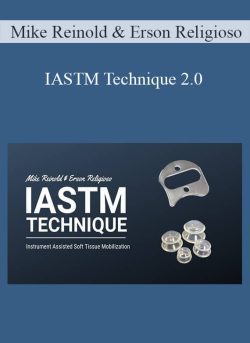
 Mike Reinold & Erson Religioso – IASTM Technique 2.0
Mike Reinold & Erson Religioso – IASTM Technique 2.0
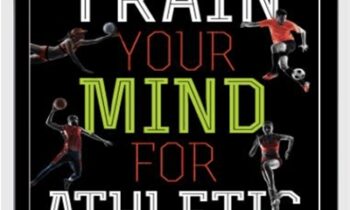
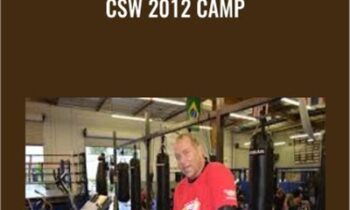
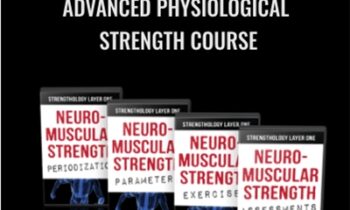
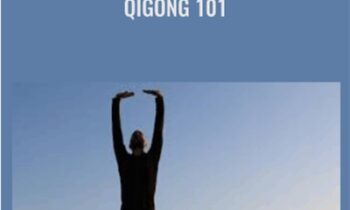
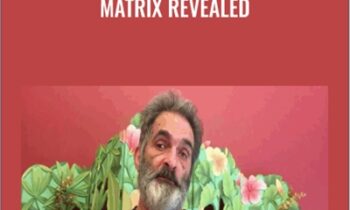
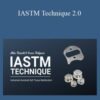
Reviews
There are no reviews yet.